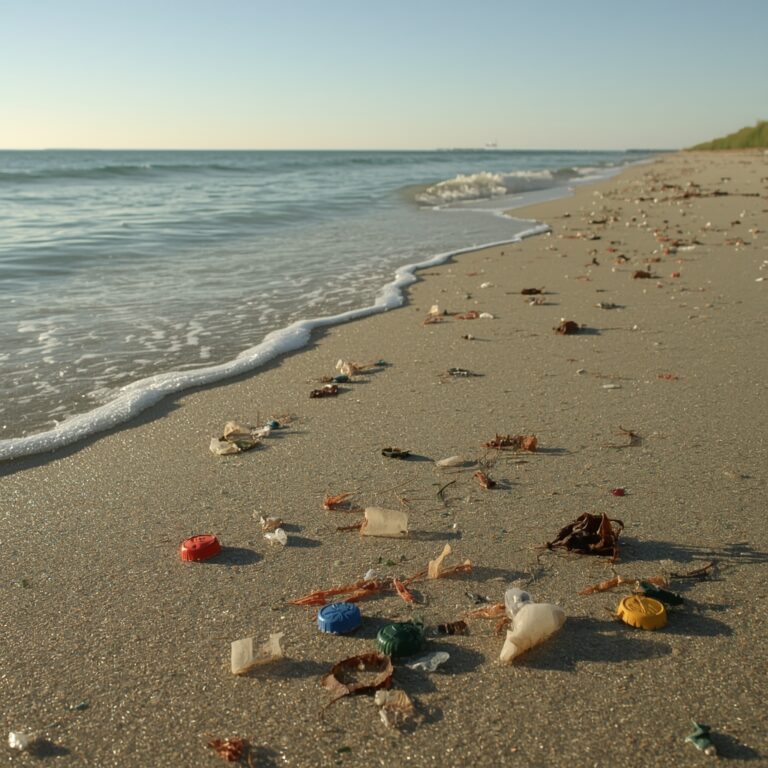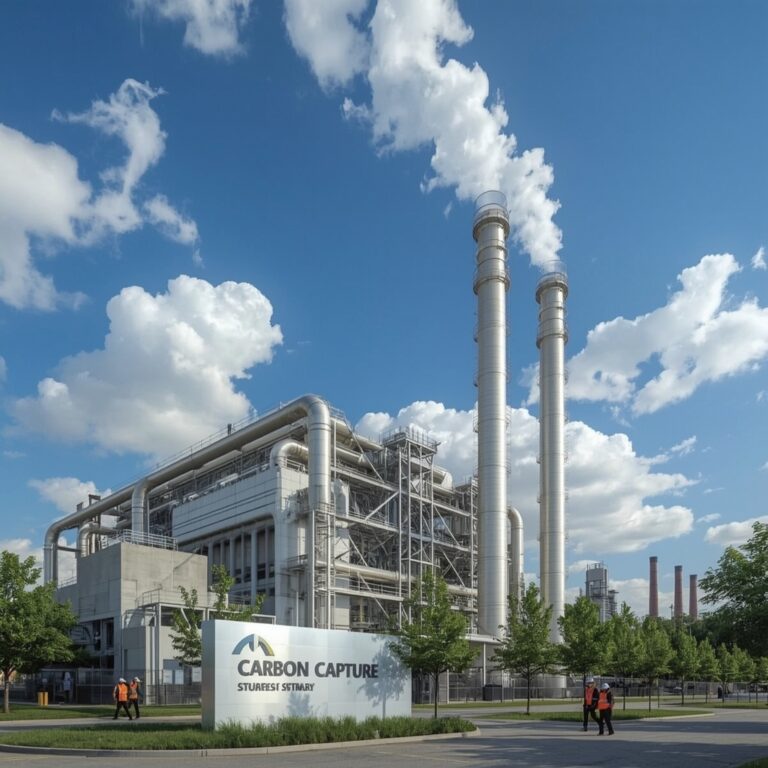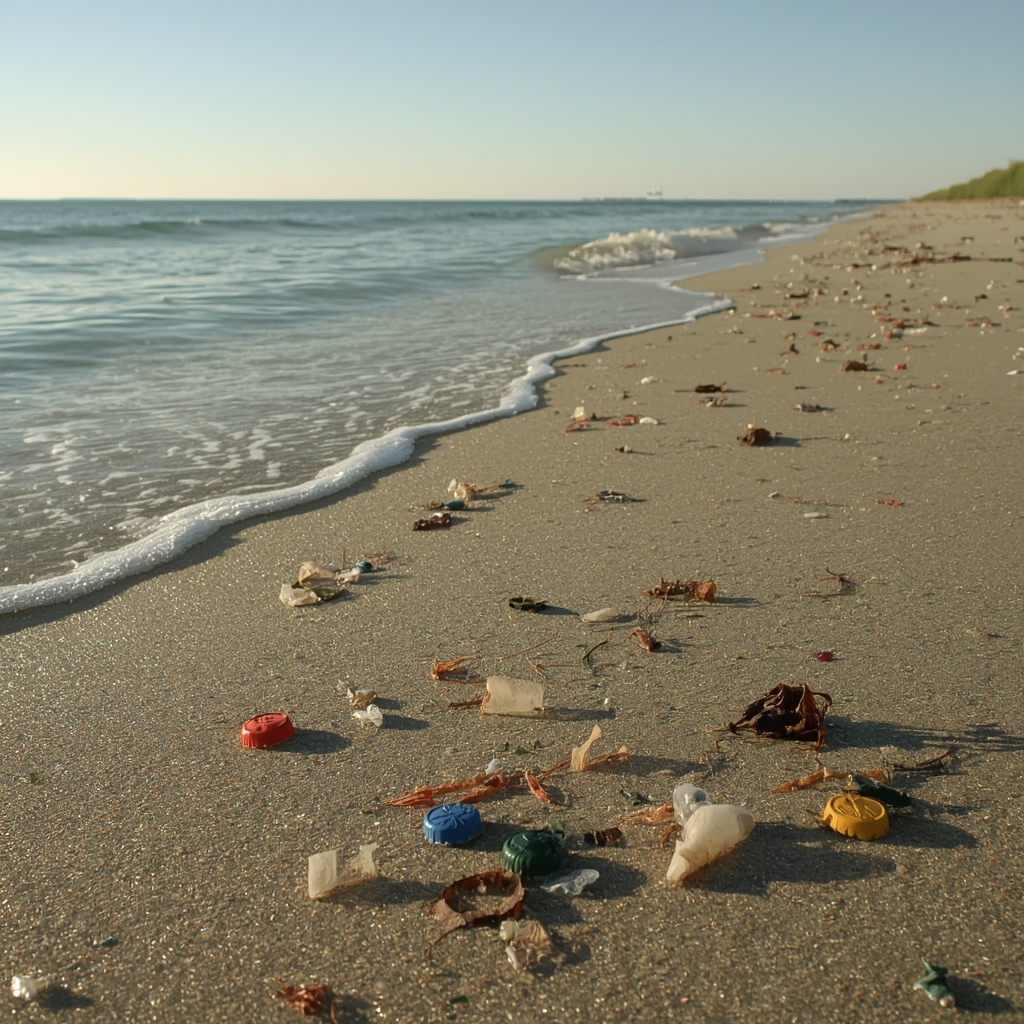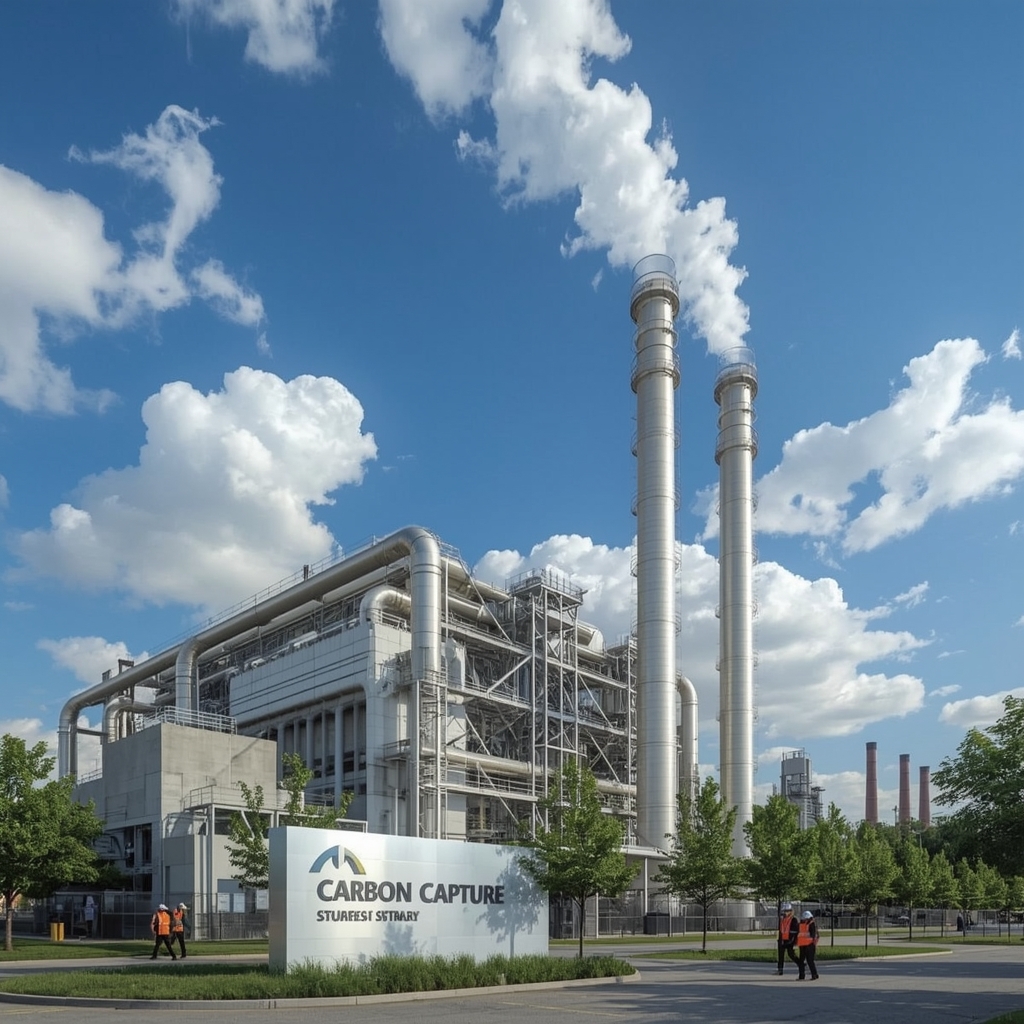How to Fight Climate Misinformation in USA – Strategies for Awareness and Action
Introduction – understanding the challenge
How to fight climate misinformation in USA is a question that grows more important every year. With climate change impacting weather, health, and the economy, misinformation spreads confusion and slows progress. False claims about climate science create doubt, making it harder for people to trust experts and act. Fighting misinformation means providing accurate information, raising awareness, and helping communities understand the urgency of the climate crisis. By addressing myths with facts, the USA can build stronger public trust, encourage sustainable choices, and support meaningful climate policies that protect both people and the planet.
What climate misinformation means
Climate misinformation refers to false or misleading claims about climate science, policies, or solutions. In the USA, misinformation often comes from biased sources that downplay global warming, exaggerate economic costs, or deny human impact on climate change. Understanding how to fight climate misinformation in USA starts with recognizing its forms, such as fake news on social media, misleading reports in traditional media, and biased campaigns by interest groups. By identifying misinformation, communities can learn to fact-check sources, seek credible research, and make informed decisions about climate action.
Why climate misinformation spreads in USA
Misinformation spreads quickly in today’s digital world. Social media platforms allow false stories to reach millions in seconds, while political debates sometimes push misleading narratives. In the USA, industries with financial interests in fossil fuels have historically contributed to spreading doubt about climate science. Another reason is the lack of access to clear, simple information—scientific data can feel complex, making people vulnerable to easy but false explanations. Understanding why misinformation spreads is the first step in how to fight climate misinformation in USA effectively.
The impact of climate misinformation on society
Climate misinformation is not just about false claims—it has real consequences. It slows down climate action by creating division and delaying policies that could protect communities from rising sea levels, heatwaves, and storms. Misinformation also erodes trust in science, making people less likely to adopt sustainable habits. When looking at how to fight climate misinformation in USA, it’s clear that misinformation weakens democracy, misguides voters, and puts future generations at risk. Combating it is essential for both public awareness and effective climate solutions.
How education can fight climate misinformation
Education is one of the strongest tools to fight misinformation. Schools, universities, and community programs can provide clear lessons on climate science, renewable energy, and sustainability. Teaching people how to identify credible sources helps them resist misleading claims. Public campaigns that simplify scientific findings into easy-to-understand messages also make a difference. When we talk about how to fight climate misinformation in USA, empowering youth through climate education ensures they become informed leaders who can guide society toward sustainable solutions.
Role of media in addressing misinformation
Media plays a powerful role in shaping public perception. Journalists and news outlets must fact-check stories, highlight credible research, and avoid giving equal weight to false claims. Social media platforms should promote verified climate information while limiting the spread of misleading posts. Understanding how to fight climate misinformation in USA includes encouraging responsible reporting and holding media accountable for accuracy. When the press delivers facts and explains complex issues clearly, it helps communities build trust and take climate change seriously.
Community and grassroots actions
Local communities are on the front lines of fighting climate misinformation. Grassroots organizations can host awareness campaigns, workshops, and events that spread reliable information. Neighbors sharing facts, schools hosting discussions, and non-profits building online resources all play a role. People can also support renewable energy projects, sustainable farming, and eco-friendly businesses that prove climate action works. When citizens unite at the community level, they create strong networks that make it harder for misinformation to take root. This grassroots power is essential in how to fight climate misinformation in USA.
Government and policy initiatives
Government action is crucial in combating climate misinformation. Policies that support renewable energy, climate education, and transparent communication build public trust. Federal and state agencies can invest in campaigns that counter false narratives with facts. Strong climate policies also show people that science-based action works. When thinking about how to fight climate misinformation in USA, policies should prioritize truth, transparency, and public education. Without strong leadership, misinformation continues to thrive, delaying progress on critical climate goals.
Final thoughts
How to fight climate misinformation in USA is more than just a question—it is a mission. By combining education, reliable media, grassroots action, and government leadership, Americans can counter false narratives and embrace climate solutions. Misinformation thrives on confusion, but truth empowers people to make better choices for themselves and the planet. Building a culture of trust, knowledge, and action is the best way forward. If the USA can tackle climate misinformation effectively, it will be able to lead the world in creating a sustainable, resilient future for generations to come.















